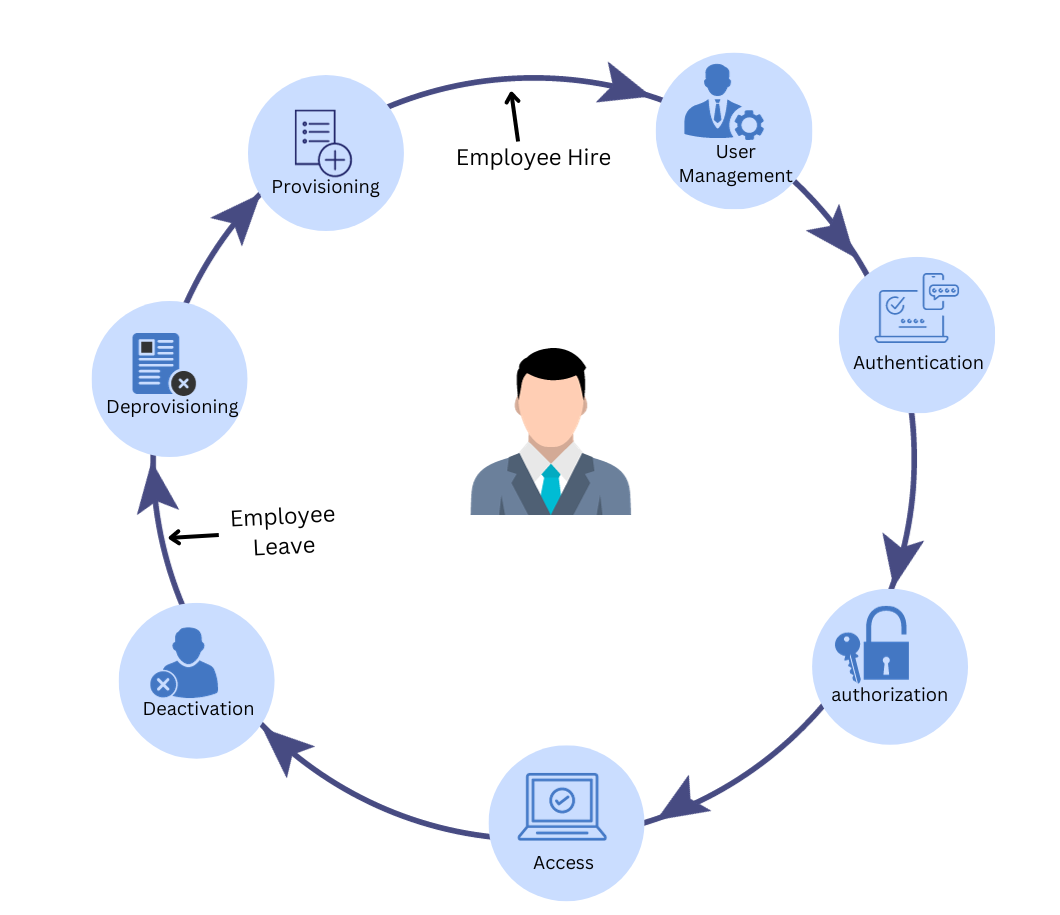Firstly the user tries to get access to their desired application/website. These apps/websites are from the Service Provider.
1. The application/website (Service Provider) redirects the SSO request to Identity Provider for authentication.
2. The user tries to sign in with his Identity Provider credentials.
3. Once IDP authentication gets successful, Identity Provider (IDP) sends back the Single Sign-On response to the Service Provider.
4. Getting On the SSO Response, the user is granted access to log in and access the resource or application.
5. Here the user can access all the other apps/websites from the Service Provider which are pre-configured for SSO (Single Sign-On).






